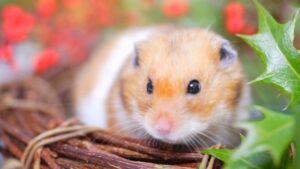
Can You Travel with a Hamster? A Comprehensive Guide
Traveling with a pet hamster isn’t as straightforward as it might seem. It requires careful consideration of your pet’s safety, comfort, and the logistics involved.
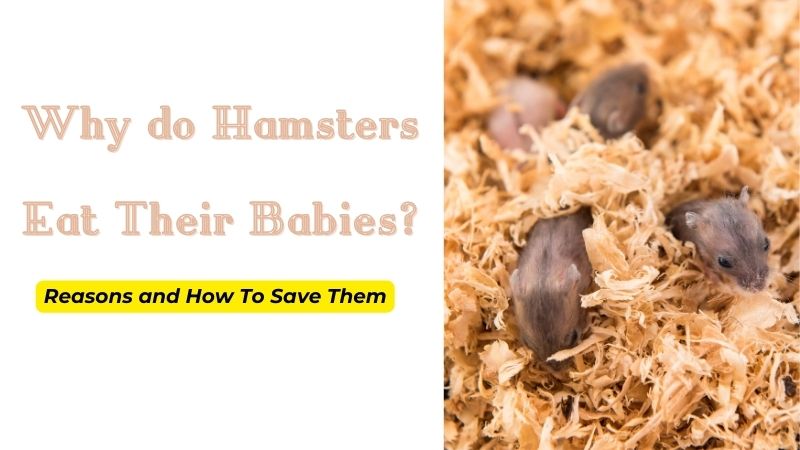
It seems like something from a scary tale when a mother hamster eats her babies. It’s a real possibility, though, and it’s always upsetting to see. There are a few methods you can use to protect the little ones, but you need to be cautious.
You won’t always be able to rescue them, but you can still try your hardest to prevent a terrible outcome. It’s crucial to comprehend the reasons why hamster moms might do this. Knowing these reasons is key to helping baby hamsters.
Hamster mothers don’t have the same emotional connection as human mothers. There are 8 reasons a hamster mother might eat her babies, and here they are:
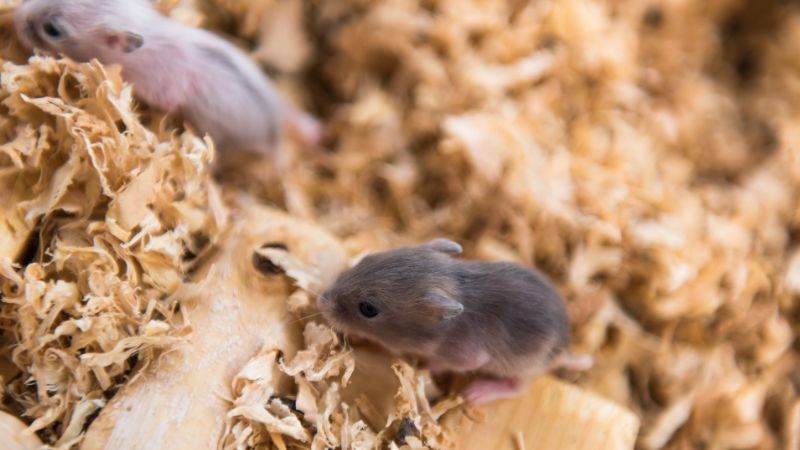
Many of these reasons can be prevented or addressed to make the mother more comfortable.
Rodent mothers are generally less attentive than mothers of other species like cats or dogs. All animals might harm or eat their young if they sense something is wrong. However, rodent mothers, including hamsters, are usually less attached to their offspring.
Now, let’s explore each reason why a mother might eat her babies and discuss how to prevent this from happening, or possibly save the babies.
Often, when a mother hamster considers eating her young, it’s hard to intervene. However, you can usually prevent this by ensuring she doesn’t feel the need to do so.
Below are the most frequent situations and ways you can help the mother, thereby saving the babies.
The main reason hamster mothers eat their offspring is stress, especially after giving birth to her first litter. Constant checking can irritate her.
As the delivery date nears (18-22 days post-mating), increase her food supply, bedding, and nesting materials. She’ll choose a hidden spot or her hideout for birthing, and it’s crucial to leave her undisturbed during this period, ideally even exiting the room. Births often occur at night, possibly while you’re asleep.
Be cautious the next morning. Avoid poking the cage, talking to her, or trying to interact with the newborns. Keep her environment warm, well-fed, and quiet, away from the reach of small children or other pets.
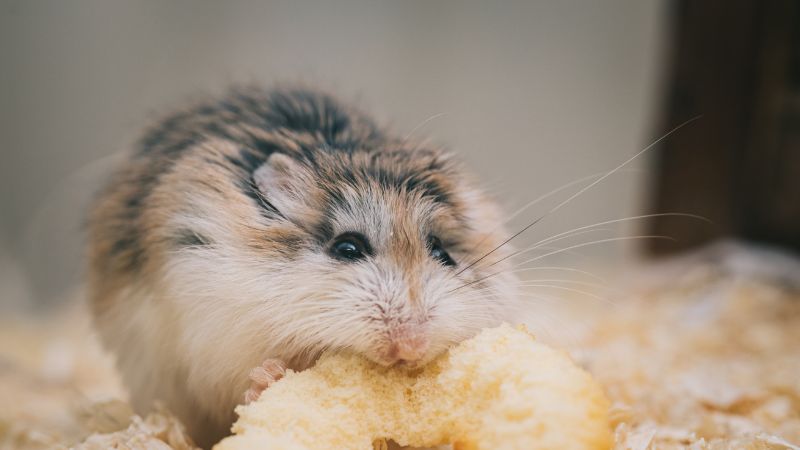
If you find she has given birth overnight, offer her protein to restore strength. Cooked egg white or plain chicken are good choices. You can give her chicken in the evenings before she delivers, but avoid leaving it in the bedding right before birth to prevent confusion between the chicken and her babies.
After birth, ensure she eats the chicken or egg while you’re present, without staying too long. Make sure she finishes the food, not the babies. Meanwhile, continue feeding her through the cage bars without putting your hand inside. You can use a teaspoon to offer dry food or sprinkle some into her bowl.
Her food stash will be there, but now is a good time to increase her supply. For a list of safe foods for your hamster, refer to a reliable food list article.
Having enough space is crucial for hamsters. The bare minimum size for a hamster cage is 24 x 12 inches, with a height of about 12 inches (61 x 30.5 cm, and 30.5 cm tall). This size is recommended for both Syrian and dwarf hamsters.
A mother hamster having 6-12 babies will quickly make even a large cage feel crowded. So, always opt for a cage larger than you might initially think is necessary, especially if you plan to breed your female hamster. You can learn more about the right types of hamster cages in specific articles providing detailed comparisons and recommendations.
If you have multiple hamsters in one cage, move the expectant mother to a separate, spacious cage well before her delivery. She needs to settle and feel at ease in her new environment immediately. To help her adjust, transfer some of her old bedding and nesting materials to this temporary new home.
This period is critical because the mother is exhausted, startled easily, and protective while her babies are young. Therefore, do not open her cage, change the bedding, put her in an exercise ball, or separate her from her babies.
Mother hamsters strive to care for and wean their young, but they are prone to stress and may harm their babies if frightened. This also applies to feeding her; do so through the bars using a teaspoon or by sprinkling dry food into her bowl.
Avoid touching the babies until they are weaned (3-4 weeks). Handling the babies when they’re very young is a significant error. You should only remove a baby hamster from its mother after 3-4 weeks, which is also when they can be given for adoption.
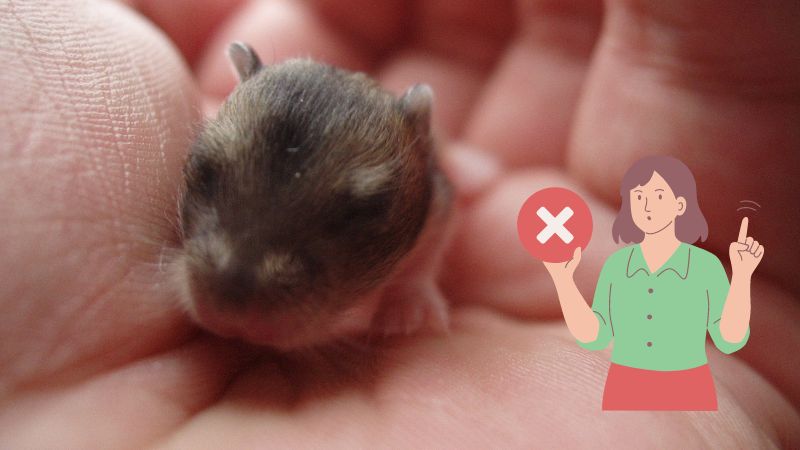
The mother will start weaning them when she pushes them away as they attempt to nurse. During this time, it’s essential to provide more food in her cage, as the babies will need ‘adult’ food, like a regular food mix or safe items from your kitchen.
Touching or handling the babies before they are weaned may lead the mother to perceive them as strangers and not her own. She might reject or even eat them, so it’s safest to wait a few more weeks before any interaction.
If the father hamster was in the same cage as the mother and you were unaware of her pregnancy, remove him immediately. Always keep the father away from the newborn.
Unexpected litter often occurs, particularly with dwarf hamsters, as determining their gender can be challenging. An unintended male and female pairing can lead to a surprise litter.
The presence of the father can be disruptive. He might seek the mother’s attention, risking harm or even eating the babies in the process. Hamster fathers are not caring towards young and can become intolerant quickly, so it’s best to separate him from the cage. To prevent future litter, keep the male and female apart permanently.
Hamsters can mate again immediately after the mother has given birth, so it’s crucial to keep them separated.
Even with your best efforts to keep the mother hamster safe, warm, well-fed, stress-free, and in a spacious cage, she might still harm or eat some of her babies. This often happens accidentally, such as biting too hard when trying to pick up a baby or unintentionally storing a baby in her cheeks, mistaking it for something else.
Tragically, small animals can be awkward in this way. If such an incident occurs, intervention is limited. Handling a baby that isn’t weaned can lead to the mother rejecting and possibly eating it.
Raising the litter yourself is an option for very young hamsters, but they miss crucial maternal interactions essential for learning typical hamster behaviors.
This topic is sensitive, particularly regarding hamster mothers who intentionally harm their babies, believing there’s something wrong with them, such as an illness or physical defect only she can detect.
In these cases, the mother might end their life, thinking they won’t survive independently. While distressing, this is a natural occurrence that can’t always be prevented. It’s a sad reality of hamster care.
You might have brought home a pregnant hamster from the pet store or noticed that one of your dwarf hamsters looks unusual. To understand and identify hamster pregnancy, here are the key signs.
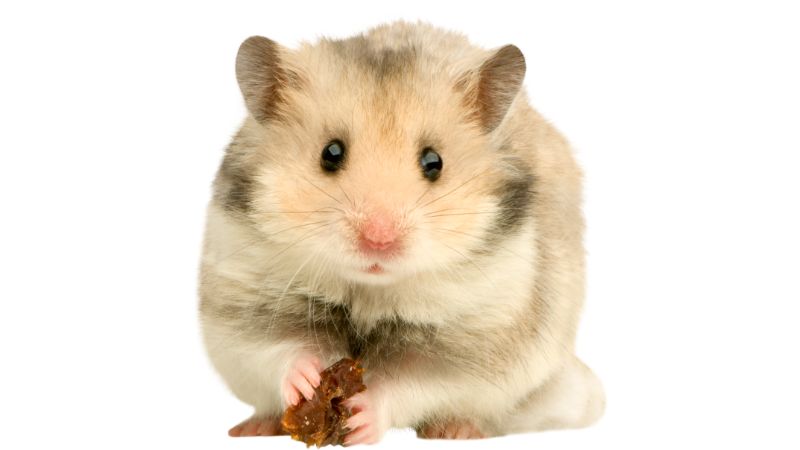
Firstly, hamster pregnancies last between 18 to 22 days. During this time, you’ll observe her midsection expanding progressively. She’ll eat more while reducing her physical activity, conserving energy for the upcoming birth.
As her due date nears, she may become increasingly irritable, seeking out secluded, secure spots in her cage.
This is the time to move her to a separate, larger cage, outfitted with familiar bedding, nesting materials, and plenty of hiding places.
If you suspect your hamster might be pregnant due to her increased size, excessive digging, burrowing, and nest-building, it’s wise to isolate her from any cage mates.
If it turns out she’s not pregnant, no harm done – you can reintroduce her to her previous environment. However, wait at least three weeks before doing so to confirm whether or not she gives birth.
Related reading >> How To Care For Baby Hamsters: Beginner’s Guide
Hamsters have the potential to breed almost monthly. Theoretically, a new litter could occur each month.
A hamster can become pregnant again within minutes after childbirth. However, this poses a risk as the mother may be dehydrated and malnourished, making it difficult for her to adequately care for her current litter.
Baby hamsters are capable of mating soon after they are weaned by their mother, around 3-4 weeks old. Therefore, it’s crucial to separate them into male and female cages immediately after weaning. Failing to do so can result in continuous litter every few weeks.
To determine the sex of a hamster, gently pick it up and observe its rear end. In females, the genitals are located directly under the anus, whereas in males, there’s a noticeable space between the anus and the genitals. When a male is slightly tilted backward, you might even see his testicles near his tail.
Identifying the sex is more challenging in smaller breeds, like those other than the Syrian hamster. Also, hamsters generally dislike being held in this manner and may squirm. Despite this, it’s essential to determine their sex to ensure proper separation.
Female hamsters go into heat every few days, usually at night, making them ready for mating at almost any time. Unlike many other animals, hamsters do not have a specific mating season.
I hope this guide has given you extensive insight into our world as hamsters. Understanding the distressing possibility of a mother eating her young is crucial, but thankfully, you now know how to minimize the chances of it happening.
Remember, we hamsters grow up quickly, so it’s vital to separate us by gender to prevent an unexpected expansion of our family.
For more fascinating facts and tips about hamster care, feel free to explore additional articles. You’ll discover intriguing topics such as why we freeze, our dietary needs, and even the curious reason why we sometimes eat our poop!
Q: Do hamsters eat their babies if you touch them?
A: Yes, hamsters may eat their babies if you touch them, as this alters the babies’ scent and can lead the mother to reject or harm them, mistaking them as not her own.


Traveling with a pet hamster isn’t as straightforward as it might seem. It requires careful consideration of your pet’s safety, comfort, and the logistics involved.

Finding the best hamster cage for Syrian hamster is crucial, as these curious, low-maintenance, and independent pets thrive in the right environment. The primary concern

When I began, the task of selecting essentials for a natural hamster habitat was daunting. To ease this process, I’ve assembled an exclusive set of

Have you ever wondered, “Are hamsters happier in bigger cages?” Generally YES. It’s a question that might seem straightforward, but there’s more to it than
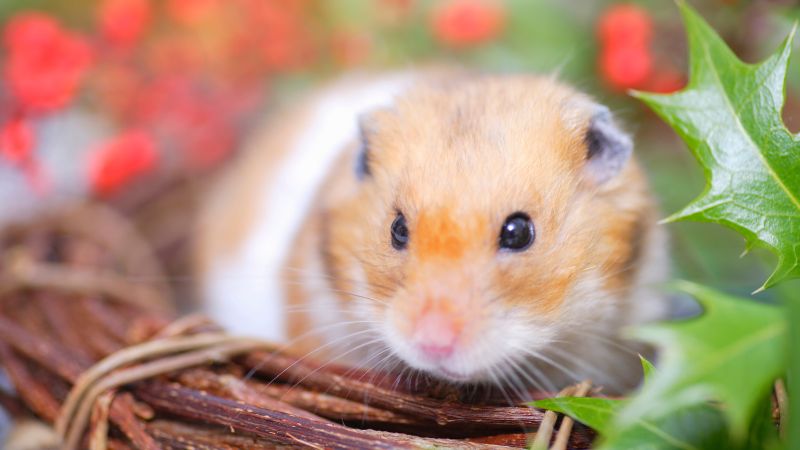
Traveling with a pet hamster isn’t as straightforward as it might seem. It requires careful consideration of your pet’s safety, comfort, and the logistics involved.

Finding the best hamster cage for Syrian hamster is crucial, as these curious, low-maintenance, and independent pets thrive in the right environment. The primary concern

When I began, the task of selecting essentials for a natural hamster habitat was daunting. To ease this process, I’ve assembled an exclusive set of

Have you ever wondered, “Are hamsters happier in bigger cages?” Generally YES. It’s a question that might seem straightforward, but there’s more to it than
Copyright © 2025 woodhamstercage. All Rights Reserved.